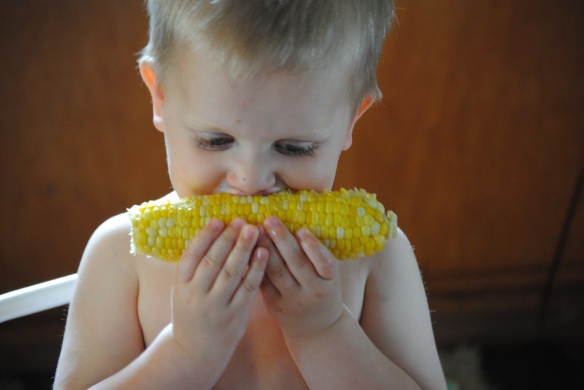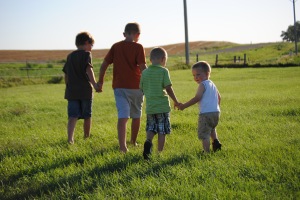It was brought to my attention recently that perhaps I don’t spend nearly enough time explaining to people why it is that I’m involved so passionately about advocating for agriculture. It does seem to take a lot of time away from other things that I should be doing.
Yet, without someone willing to stand up and speak out about those issues that I hold nearest and dearest to my heart, where would we be? Could someone else do it? Sure. In fact, I know that there are people all over the area that could be doing what I’m doing. And I would love to see them become more active.
My question is: Will they? Will you?
And if not, then I need to keep moving forward, until those of us that are willing to show our operations, willing to answer those questions, willing to explain why we do what we do are much higher in numbers and much louder in volume.
It’s a simple case of mathematics. Those actively involved in agriculture are way lower in numbers than those that are not. Which means that laws that are passed, advertising that is created and articles that are written are disconnected from the one place that everyone should be connected to…our food.
It’s not easy to put yourself out there, to “open your barn doors,” so to speak. It’s not easy to let people in and open yourself to questions and observations. Yet it’s necessary. We are no longer in a society that is alright with the answer, “I know what I am doing.” They want to see, they want to understand, they want to know that what they are putting on the table is okay.
And it is. No matter how you raise your crops, what type of operation you have. The United States has one of the safest and most abundant food supplies in the world. Yet those that are responsible for providing that staple are the ones quietest about what they are doing and how they are doing it.
We can’t sit back and watch as the world is shaped around us. We have to be actively involved. And it’s not for our benefit.
I have four young boys. And I have hopes and dreams that perhaps one day, if I am lucky, and if our world is lucky, one of them will want to be involved in agriculture. It’s up to me to make sure that their future is secure.
And I cannot do that by sitting quietly by while other people are out there trying to explain how I’m not doing my job right.
Farms are ever-changing operations. They are not the farms from yesterday, and we’re not yet a farm of tomorrow. But we’re doing the best that we can and we’re doing it, not for ourselves, but for the future.
I put myself out there for them.
But I’m here to answer questions from you.






























